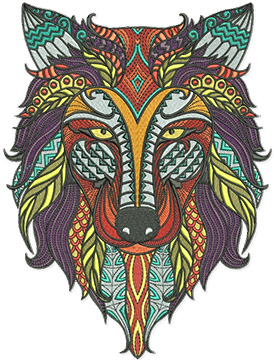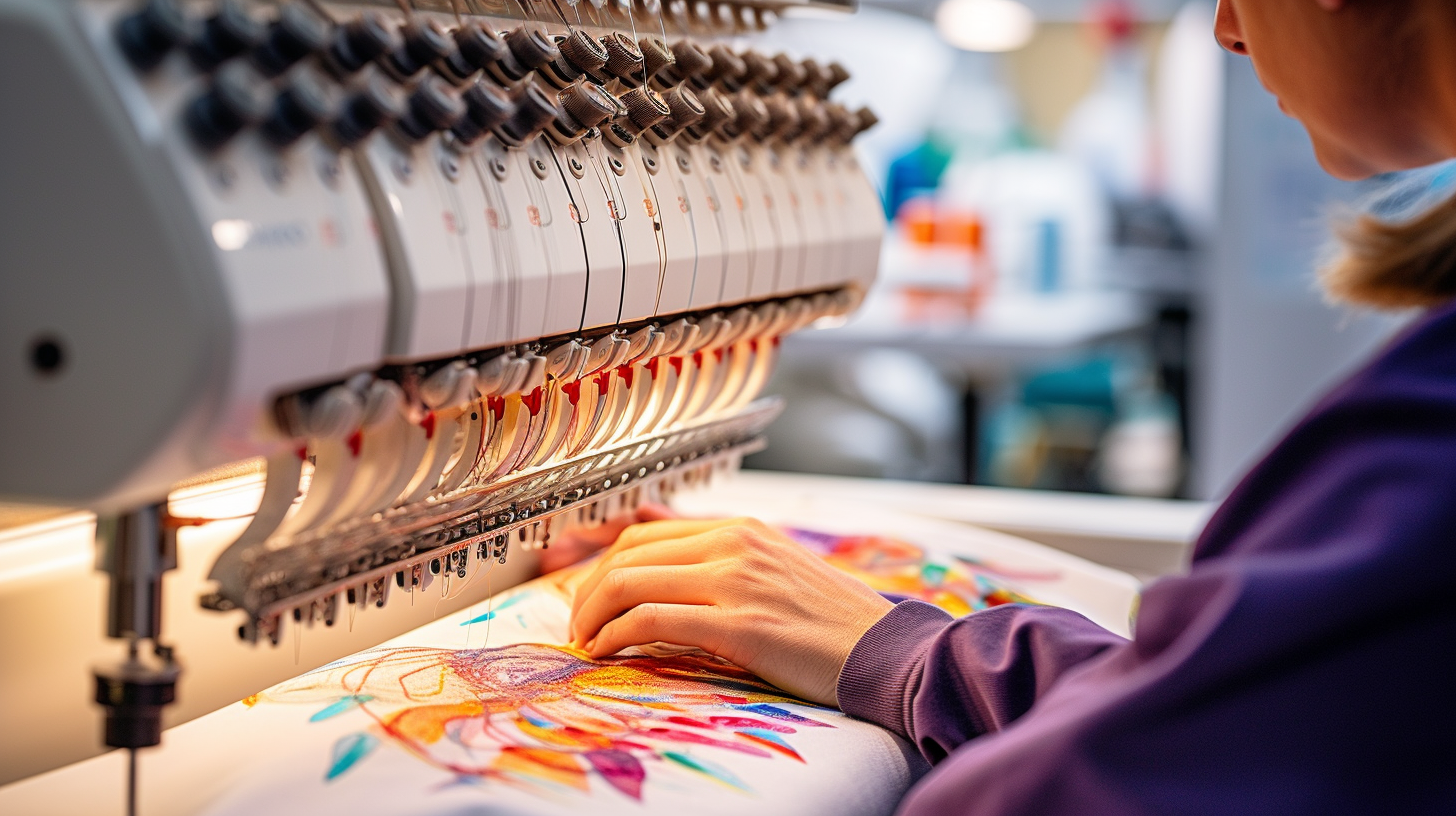Customized Digitizing for Embroidery: Customized to Your Requirements
Customized Digitizing for Embroidery: Customized to Your Requirements
Blog Article
Explore Different Kinds of Needlework Digitizing Techniques
Embroidery digitizing has actually advanced substantially over the years, using a myriad of strategies to bring styles to life in the digital realm. From the complex creativity of standard hand needlework digitizing to the accuracy of the boxing strategy, and the ease of auto-digitizing software application, the choices are large. The realm prolongs to extra sophisticated techniques like photorealistic needlework digitizing and the interesting realm of 3D embroidery digitizing. Each technique brings a special set of opportunities and obstacles to the table, making the expedition of these approaches an engaging trip for those in the needlework globe.
Conventional Hand Embroidery Digitizing
Traditional hand needlework digitizing entails the procedure of converting detailed hand-stitched styles right into digital layouts for device embroidery. This technique calls for knowledgeable craftsmens to meticulously evaluate the handmade style and then make use of specialized software application to recreate it in a digital style. Each stitch, color, and detail should be carefully translated to guarantee that the essence of the original hand needlework is maintained in the electronic version.
One of the essential obstacles of traditional hand embroidery digitizing is catching the ins and outs and subtleties of the handmade design. Digitizing for Embroidery. Artisans need to have a deep understanding of different needlework methods, such as satin stitch, chain stitch, and French knots, to accurately reproduce these methods in the digital world. In addition, they require to have a keen eye for information to make sure that the electronic layout preserves the exact same level of creativity and workmanship as the original hand-stitched item
Punching Technique
To flawlessly transition from conventional hand embroidery digitizing to the boxing method, craftsmens need to now focus on transforming the complex electronic styles into instructions that embroidery machines can translate. The punching technique includes making use of specialized software application to create electronic data which contain commands for the embroidery maker to adhere to. This procedure needs a deep understanding of not just the design itself yet likewise the capabilities and limitations of the embroidery device.

Auto-Digitizing Software Program Programs
Needlework digitizing has actually been reinvented by the introduction of auto-digitizing software application, providing craftsmens with advanced devices to convert electronic designs right into embroidery equipment directions effectively. Auto-digitizing software programs use algorithms to evaluate digital pictures or vector data and create needlework designs immediately. These programs permit fast and exact conversion of intricate layouts into stitch patterns, saving time and effort for embroiderers.
Among the key advantages of auto-digitizing software program is its easy to use user interface, making it available to both novices and seasoned digitizers. These programs commonly include attributes such as stitch editing devices, string color matching, and the ability to preview the final embroidered layout. Additionally, auto-digitizing software application can manage complex designs with multiple shades and detailed information, producing top notch needlework documents ideal for numerous garments and fabric jobs.
While auto-digitizing software application uses convenience and performance, it is necessary for individuals to comprehend the constraints of automated digitizing. Fine-tuning and hand-operated changes might still be needed to attain the desired embroidery top quality, specifically when taking care of complex Check This Out or distinct designs. By leveraging the capacities of auto-digitizing software program alongside manual digitizing methods, craftsmens can improve their embroidery digitizing process and produce sensational embroidered pieces.
Photorealistic Embroidery Digitizing
Making use of advanced electronic imaging techniques, attaining photorealistic outcomes in needlework digitizing has come to be an in-demand ability amongst modern-day craftsmens. This strategy involves transforming high-resolution pictures right into complex stitch patterns that very closely simulate the initial design, leading to needlework pieces that display realistic information and depth.
To achieve photorealistic needlework digitizing, artisans must have an eager eye for information and a detailed understanding of exactly how different stitch types and densities can affect the final result. By very carefully mapping out each next page color and shade in the photo, embroiderers can produce a digital file that guides the needlework device to replicate the nuances of the original photo properly.
Photorealistic needlework digitizing is particularly popular in producing custom-made styles for garments, home decor, and art pieces where recording the significance of a photograph or artwork is critical. This technique allows craftsmens to change memories, landscapes, portraits, and intricate art work into magnificent embroidered work of arts that display a blend of typical workmanship and sophisticated technology.
3D Needlework Digitizing
With the advancement of digital imaging methods in achieving photorealistic lead to embroidery digitizing, the exploration of 'D Embroidery Digitizing' provides a brand-new measurement to the ins and outs of design replication. 'D Needlework Digitizing' describes the three-dimensional digitizing method that includes deepness and structure to needlework designs, producing a more sensible and visually appealing last product. This method uses software that simulates the impact of light and shadow on the embroidery layout, improving its total visual influence.
One of the crucial benefits of 'D Needlework Digitizing' is its capability to make styles look more lifelike and dynamic. By including depth to the embroidery layout, the end product shows up more sensible and captivating (Digitizing for Embroidery). Additionally, this technique permits more imaginative flexibility in style implementation, enabling embroiderers to trying out various appearances and impacts that were formerly testing to accomplish
Conclusion

Report this page